How the Right Tool Holder Cuts Carbide Costs
As a raw material, tungsten carbide is a limited natural resource. It is also a widely popular tool material due to its hardness and heat resistance, making machine shops the top consumer of this precious commodity. We can both save money by reducing the consumption of carbide and do our environment a lot of good by fully utilizing every tool before recycling the rest.
In this webinar, BIG DAISHOWA President/COO Jack Burley offers a sustainable approach to choosing tooling systems. He explains how high-precision tooling systems, which may cost a bit more up front, show a clear return on investment by substantially reducing the use and waste of carbide.
“The quality of your tool holders – collet chucks, hydraulic chucks, milling chucks – matters when it comes to how you hold solid tools like drills, end mills or reamers,” Burley says. “And when you are considering different types or brands of tool holders, there is one important rule to remember: ‘one-tenth equals 10 percent.'”
This means that for every 0.0001" decrease achieved in runout, there is corresponding 10 percent increase and savings in tool life. In other words, reducing runout with higher quality tool holders reduces carbide consumption.
“Most manufacturers think that average runout is about 0.0005" and they settle for that along with the corresponding shorter tool life. That is still leaving a lot of your expensive carbide drill unused,” he says. “By using a higher quality tool holder and really minimizing runout, you can easily achieve savings of 30 percent or more on every single tool.”
By focusing on operational efficiency and total ROI over short-term cost cutting, the business case for quality over cost becomes clear. Watch now for the full story and learn how one precision manufacturer in Missouri promoted teamwork and sustainable manufacturing processes to reduce their tooling costs by 20 to 25 percent.
Did you find this interesting or helpful? Let us know what you think by adding your comments or questions below.

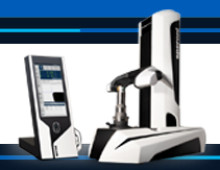
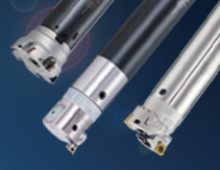

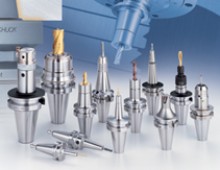
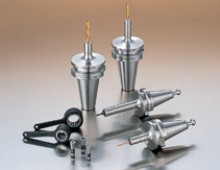
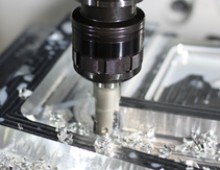
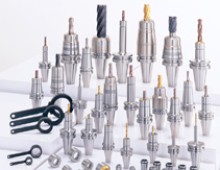

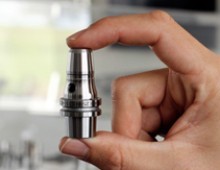
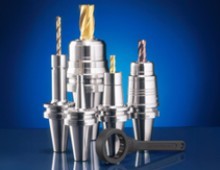

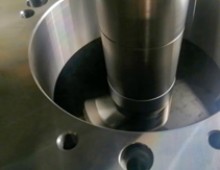
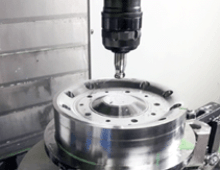
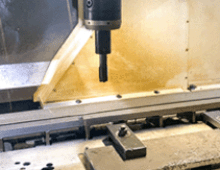
Add new comment